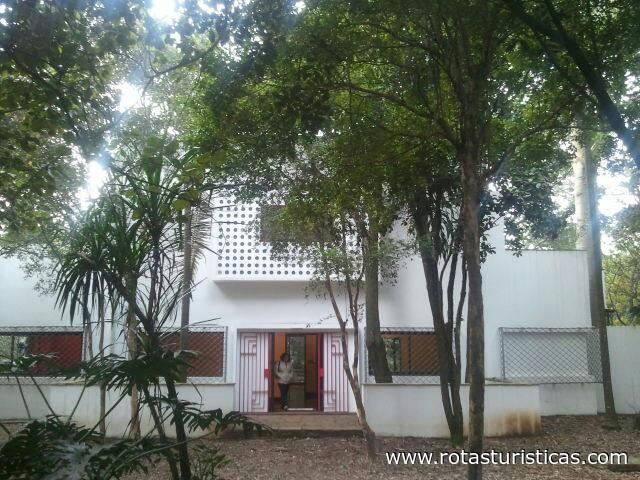São Paulo, São Paulo, Brazil
Suggest Place to Visit
4379
Track to location with GPS |
 |
The Santa Cruz Street Modernist House, designed by Russian-born architect Gregori Warchavchik (1896–1972), designed in 1927 and built in 1928, is considered the first work of modern architecture in Brazil. During this period, São Paulo was undergoing an intense process of industrialization and urbanization, with the formation of a bourgeoisie in tune with the customs of the Parisian belle époque and the intensification of immigration to supply factory labor, reflected in the creation of entirely neighborhoods. new.
In the cultural field, the city witnessed artistic manifestations of rupture and dialogue with tradition in the areas of literature, fine arts and music, with the 1922 Modern Art Week being the most emblematic event of the modern movement that sought to build itself. Such cultural effervescence, however, found no correspondence in the area of architecture, and it was not until 1925 that the first manifesto aimed at proposing a new modern posture, "About Modern Architecture", by Gregori Warchavchik, would be published.
The first architectural copy would not come until three years later, with the construction of the Santa Cruz Street house.
Designed to house the architect's residence, newly married to Mina Klabin, daughter of a major industrialist from the São Paulo elite, the house had a strong impact on intellectual circles and public opinion in general, with the publication of articles in newspapers of the most diverse spectrum. political, favorable or contrary to the proposed new aesthetic orientation. Devoid of any ornamentation and made up of white prismatic volumes, the work was so striking for the time that, to get approval from the city hall, the architect presented a completely ornate façade, and when he finished the work, claimed lack of resources to complete it. over there. In addition to the building, the garden, designed by Mina Klabin, deserved mention, due to the pioneer use of tropical species. Warchavchik, in a letter to Siegfried Giedion, secretary of CIAM (International Congress of Modern Architecture), reported the many difficulties he had to face during construction - from the aforementioned approval to the difficulty of finding industrialized components such as hardware, door handles, plates , paints, etc., the high price of materials such as cement and glass and the technical training of the workforce. However, some historians point out contradictions present in the work, not fully accepting the justification given by the architect.
During World War II, the garden underwent an expansion, in which Mina Klabin plants a eucalyptus grove near the front boundary wall, so that the family would be protected from the Japanese-Brazilian hospital that was under construction in front of the house - Jews and Japanese were on opposite sides in the war. During this period, the garage is also expanded to host a gasogen workshop (gasoline replacement fuel during the war). Over the next few years, minor changes occur as the family's needs change, but overall, the ensemble has remained the same to this day. The family resides there until the mid-1970s, when they decide to sell the property. In 1983 comes a construction company with the project of implanting in the area a residential condominium, called “Palais Versailles”, immediately countered by the local population, which creates the “Pro-Park Modernist Association”, mobilizing for the defense of the house and its green area.
Emergency work was carried out for the reopening of the park and the house in August 2008, with music programming and a team of heritage educators, coordinated by the São Paulo City Museum Division. In December 2011, an executive project was hired for the restoration and adaptation of the house and buildings, including the enhancement of existing assets, the implementation of living spaces in the park, the adaptation to accessibility and the creation of a reference space for the study of modernism. São Paulo, seeking to diversify the visiting public. The project has already been completed and after the hiring and finalization of the works will be implemented cultural activities in line with the guidelines outlined by the museum. The house and park remain open and offer educational service to visitors.
Visitation
Tuesday to Sunday from 9am to 5pm
On-site Educational Service
Free entrance
Comments
We don´t have yet any comments about:
Modernist House
Modernist House
Be the first to leave a comment as it is very important to inform other people
Outros locais a visitar
Within a radius of 20 km from:Modernist House
Lasar Segall |
| 0,3 Km |
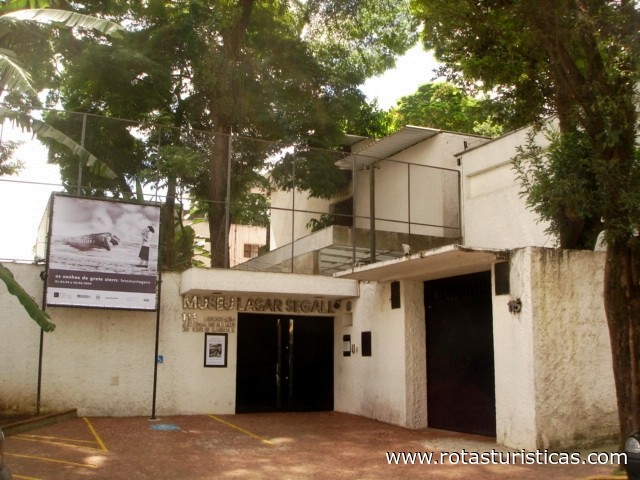 |
Institut für zeitgenössische Kunst |
| 1,1 Km |
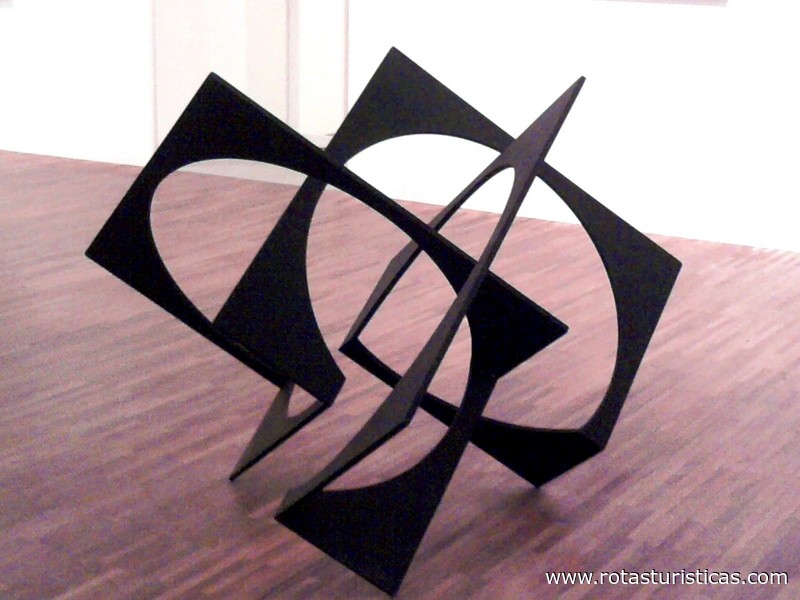 |
Zweijährliche Gründung von São Paulo |
| 2,3 Km |
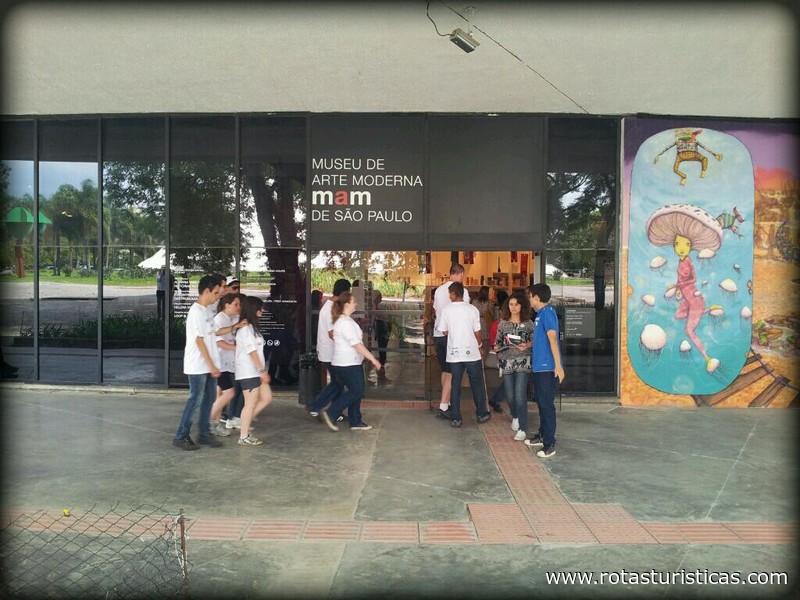 |
Orthodoxe Stadtkathedrale |
| 2,5 Km |
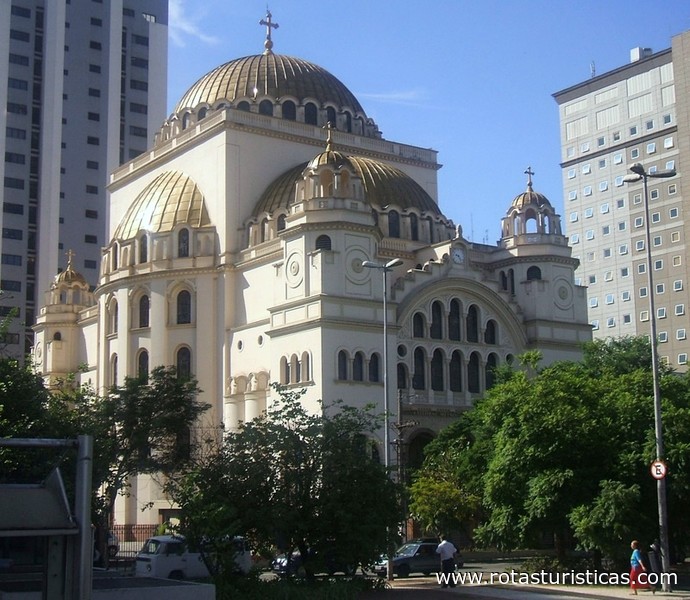 |
Sao Paulo Museum für moderne Kunst |
| 2,5 Km |
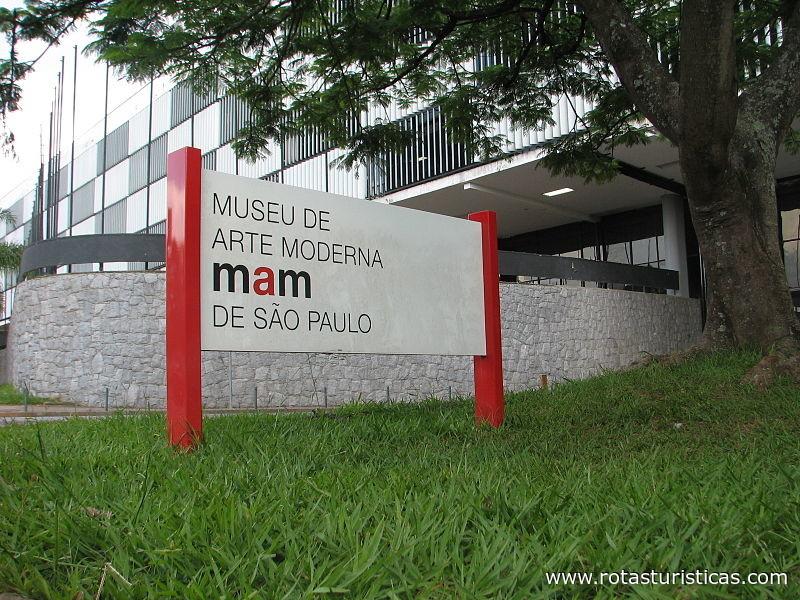 |
Zoologisches Museum |
| 3,1 Km |
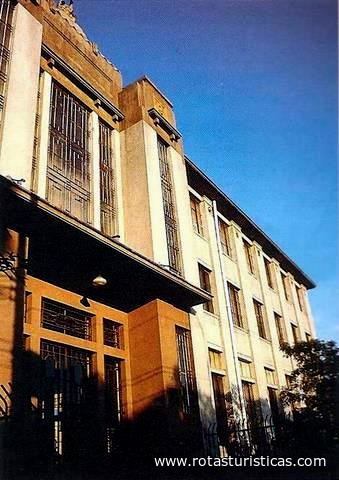 |
Itaú Kulturinstitut |
| 3,2 Km |
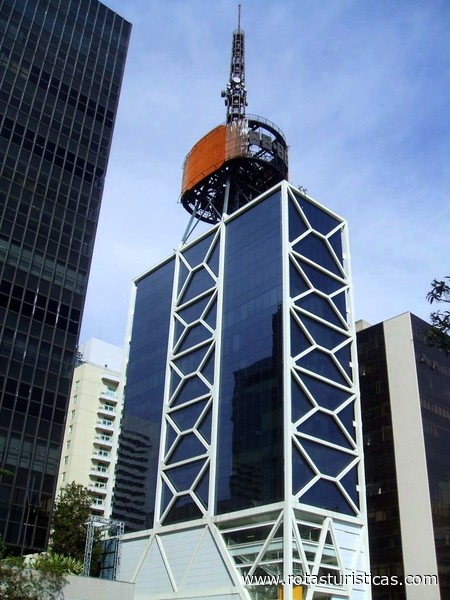 |
Verband des Museums für magische Kunst Illusionismus João p Santos |
| 3,6 Km |
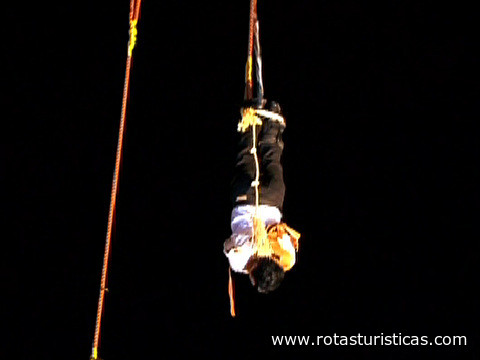 |
Japanisches Einwanderungsmuseum |
| 4,0 Km |
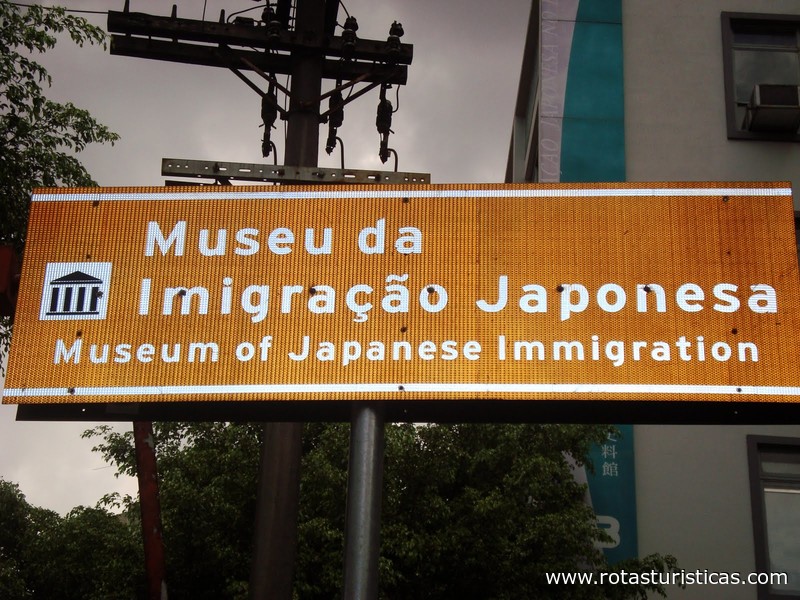 |
Sao Paulo Sitting Chateaubriand Kunstmuseum |
| 4,5 Km |
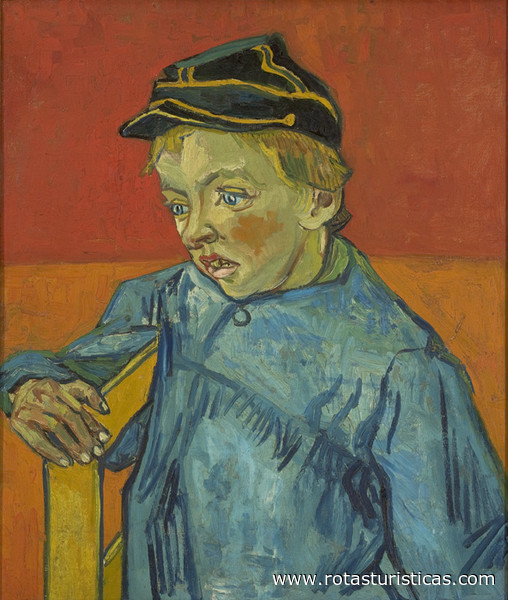 |
Stadt von São Paulo (Brasilien) |
| 4,6 Km |
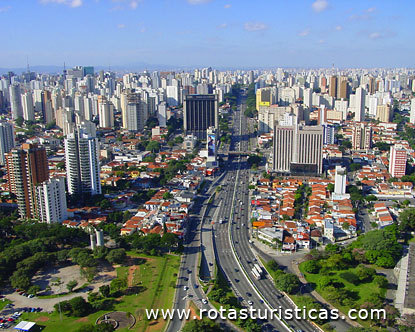 |
Oscar Cruz Galerie |
| 4,7 Km |
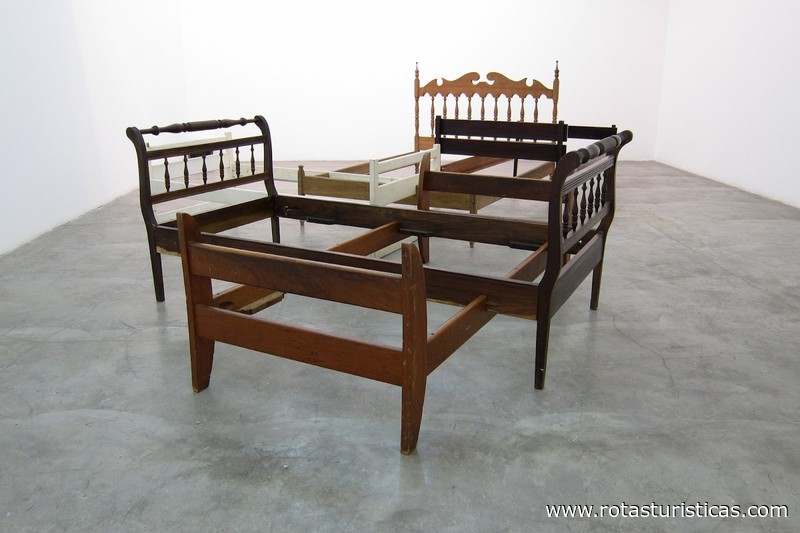 |
Dona Yayás Haus |
| 4,9 Km |
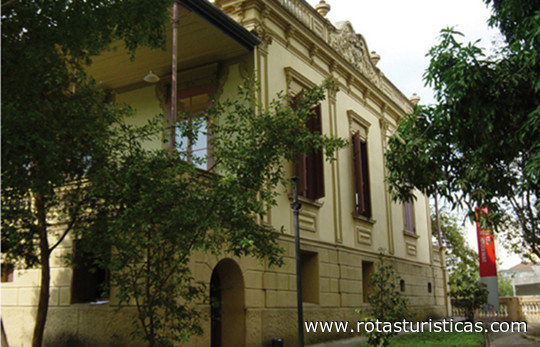 |
São Paulo - Informação Geral |
| 5,0 Km |
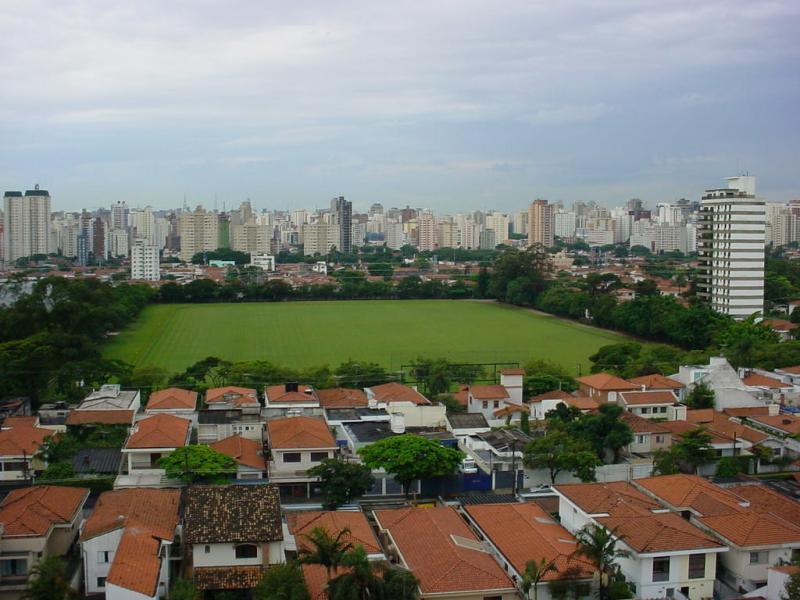 |
Stadtkathedrale von Sao Paulo |
| 5,1 Km |
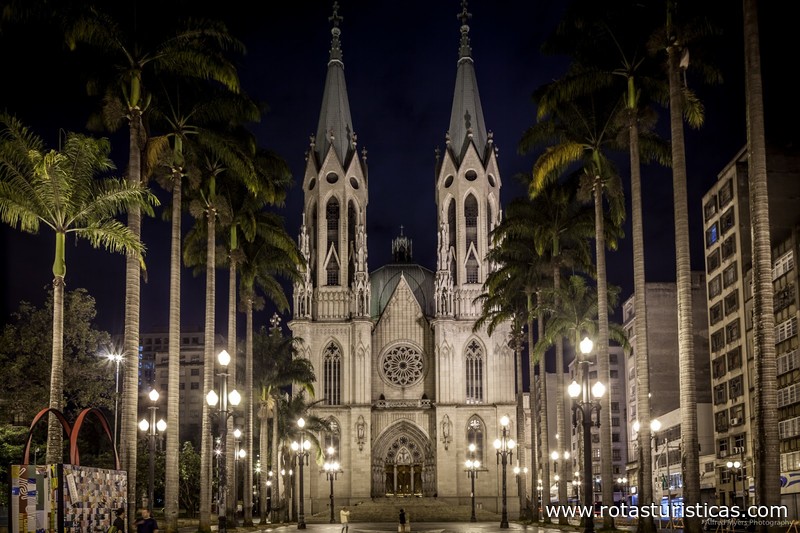 |
Museum des Gerichtshofs von São Paulo |
| 5,1 Km |
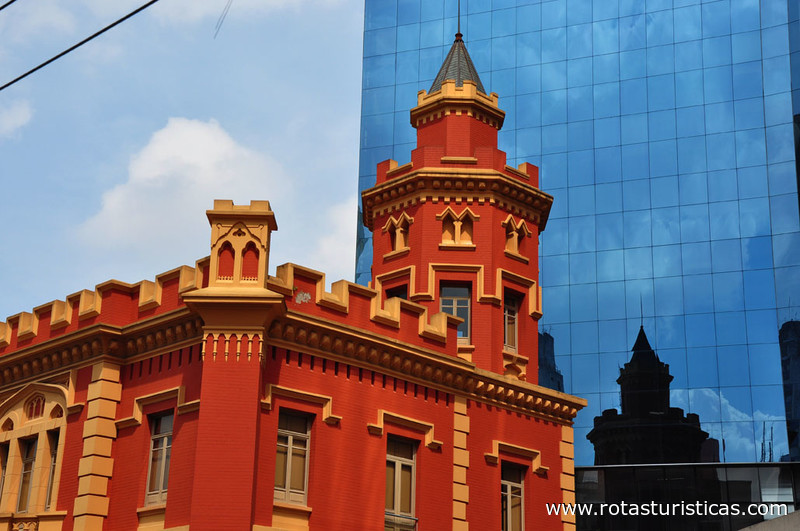 |
Mube - Brasilianisches Skulpturenmuseum |
| 5,1 Km |
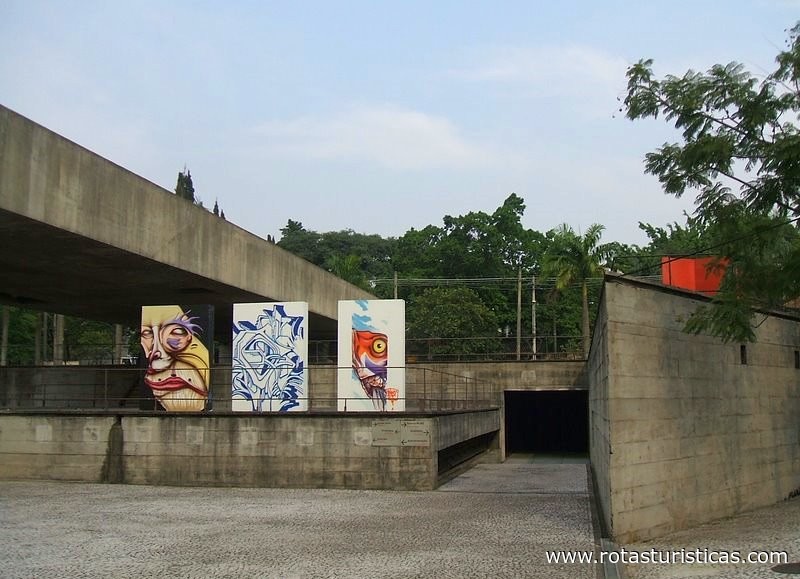 |
Caixa Cultural - São Paulo |
| 5,3 Km |
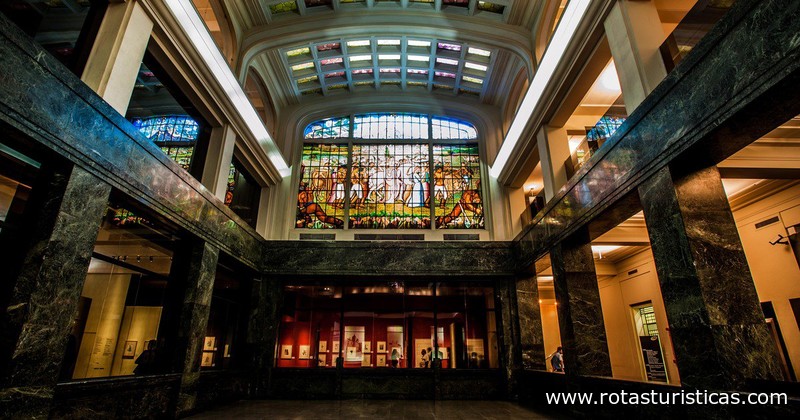 |
Solar der Marquise de Santos |
| 5,4 Km |
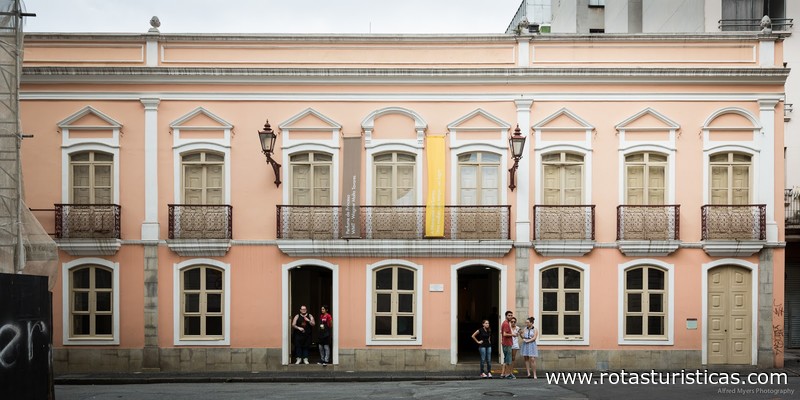 |
Pateo do Collegio |
| 5,4 Km |
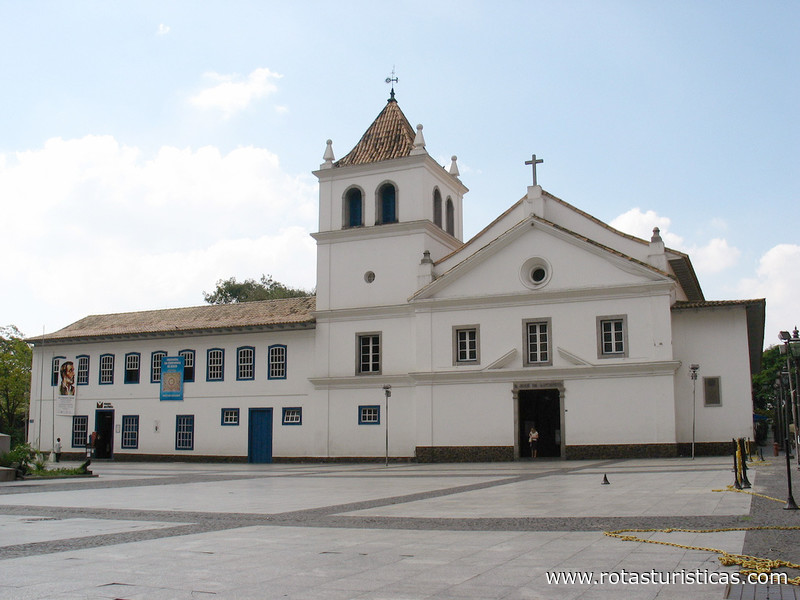 |
Museum von Anchieta |
| 5,4 Km |
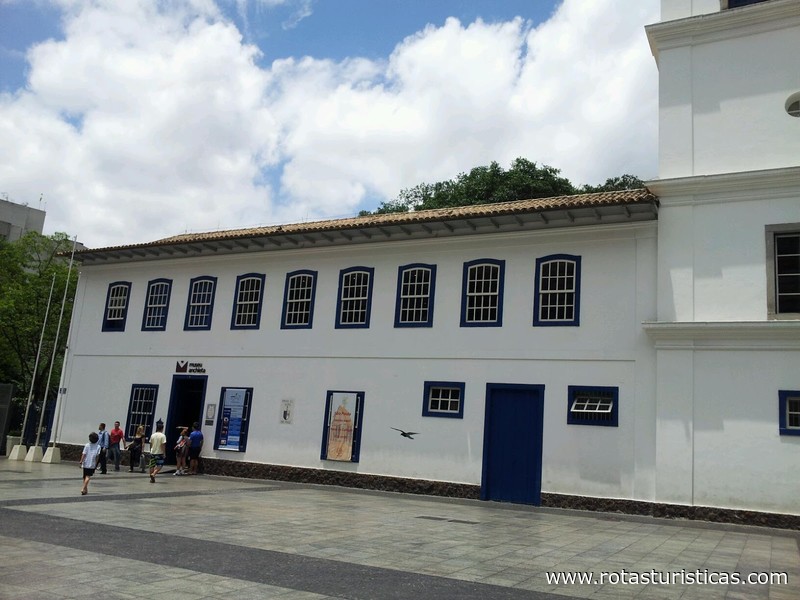 |
Museum des brasilianischen Hauses |
| 5,5 Km |
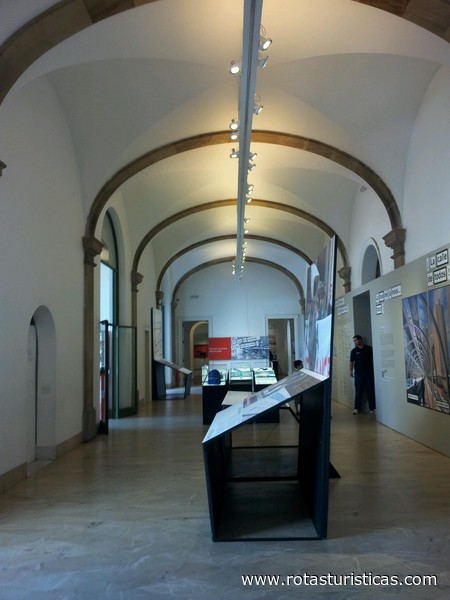 |
Städtisches Theatermuseum |
| 5,6 Km |
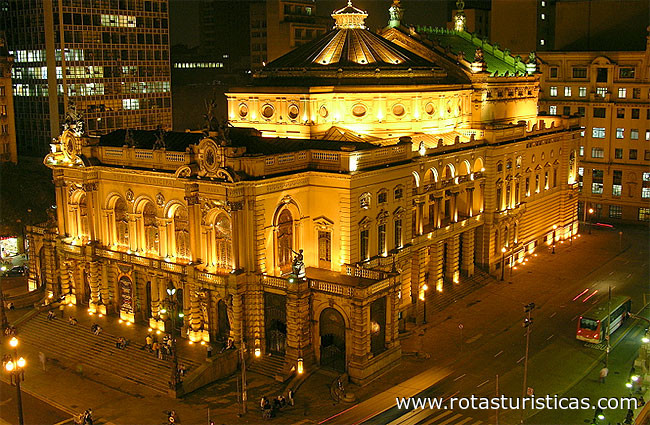 |
Einwanderungsmuseum |
| 5,7 Km |
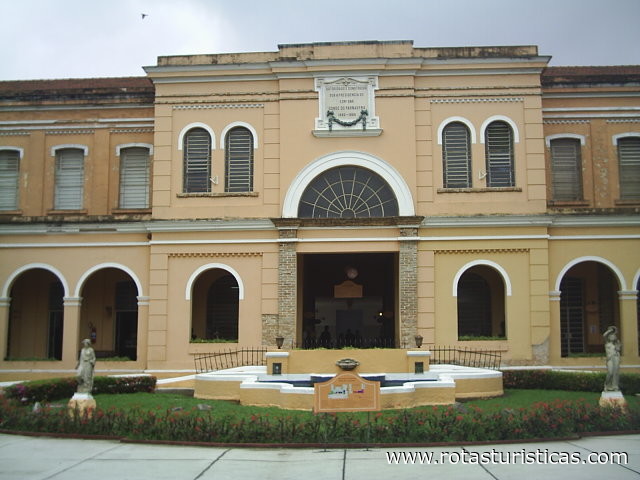 |
Mis-Museum für Bild und Ton |
| 5,9 Km |
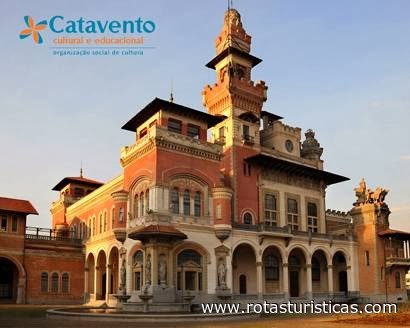 |
Kulturelles und pädagogisches Windrad |
| 5,9 Km |
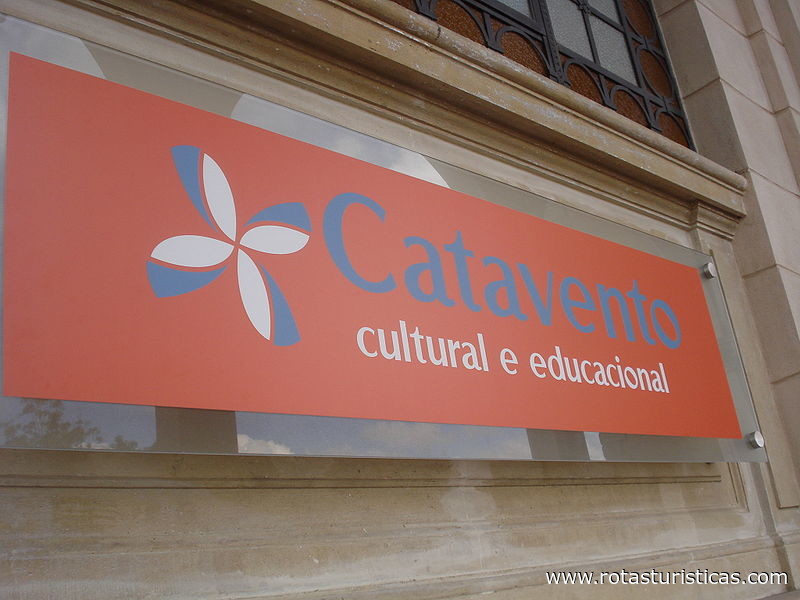 |
José und Paulina Nemirovsky-Stiftung |
| 6,8 Km |
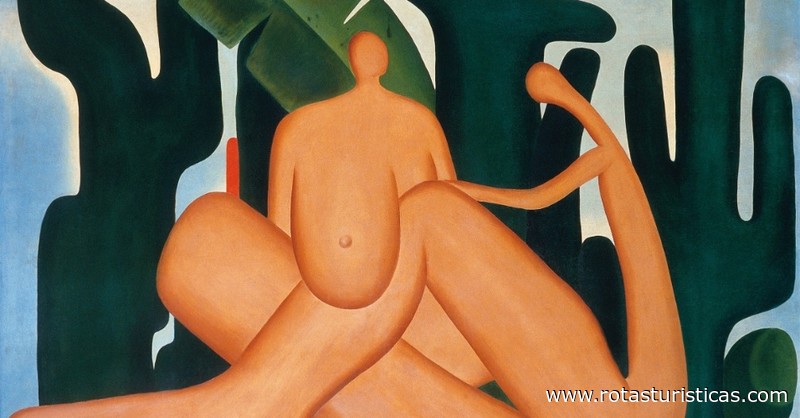 |
Museum der portugiesischen Sprache |
| 6,9 Km |
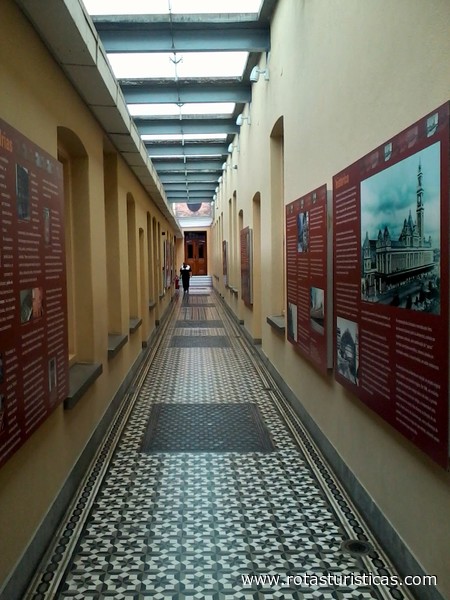 |
Zentrum der jüdischen Kultur |
| 6,9 Km |
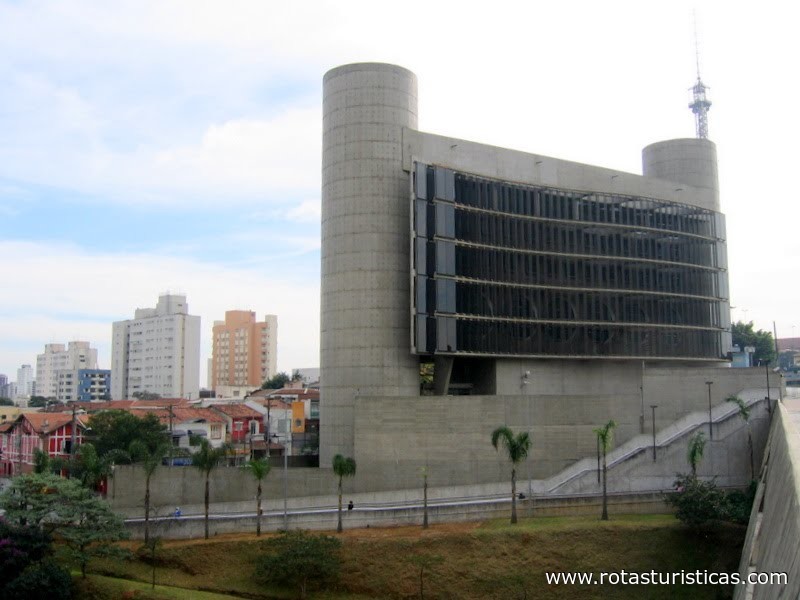 |
Pinakothek des Bundesstaates Sao Paulo |
| 7,0 Km |
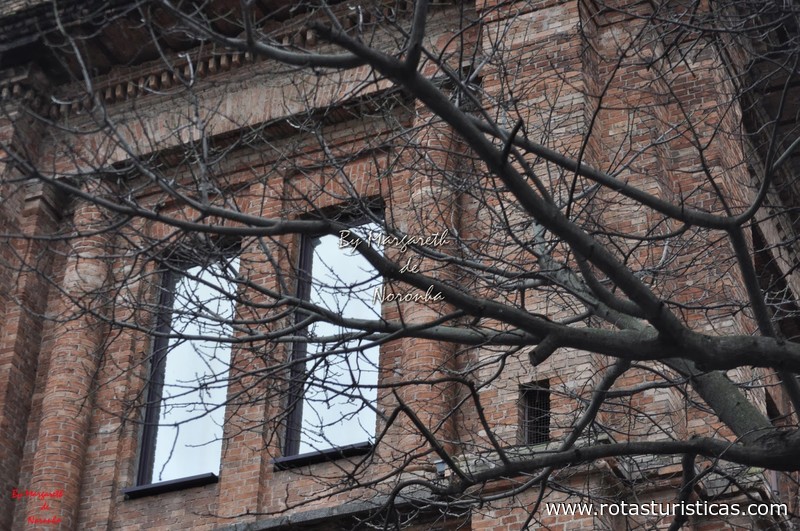 |
Garten des Lichts |
| 7,1 Km |
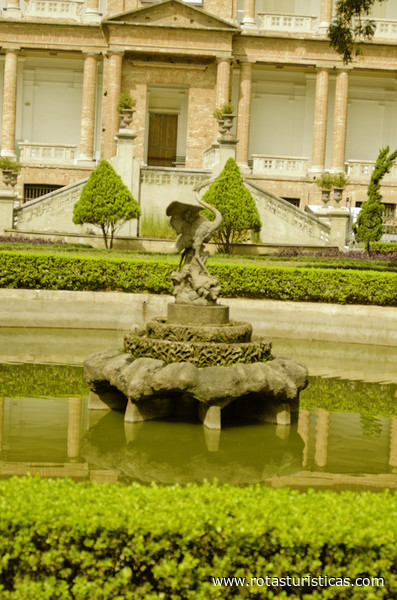 |
Tomie-Ohtake-Institut |
| 7,4 Km |
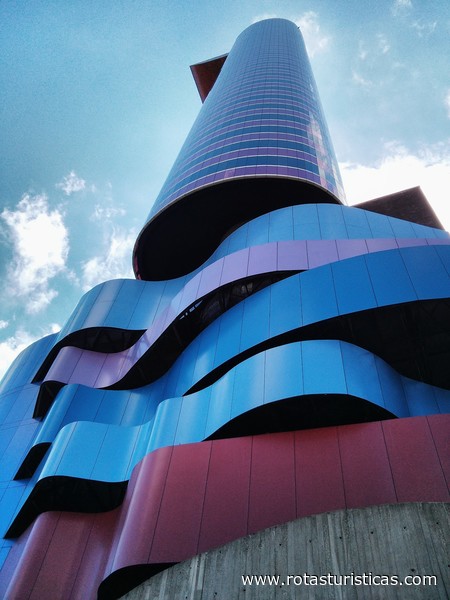 |
Energiemuseum von Sao Paulo |
| 7,5 Km |
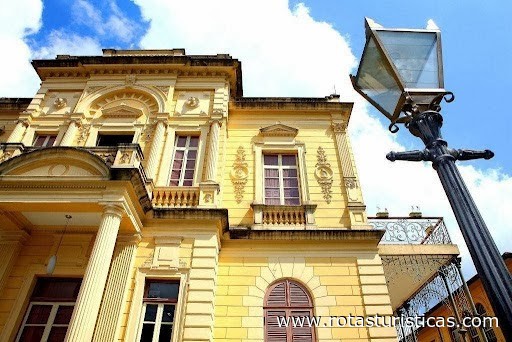 |
Maria Luisa Stiftung und Oscar Americano |
| 7,8 Km |
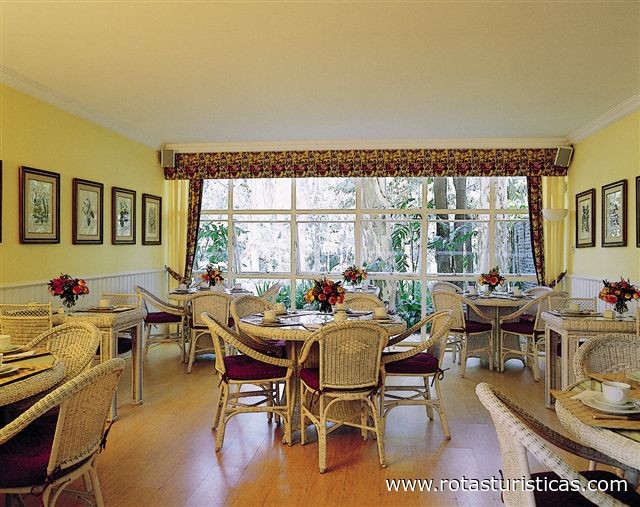 |
Verkehrsmuseum von Gaetano Ferolla |
| 8,0 Km |
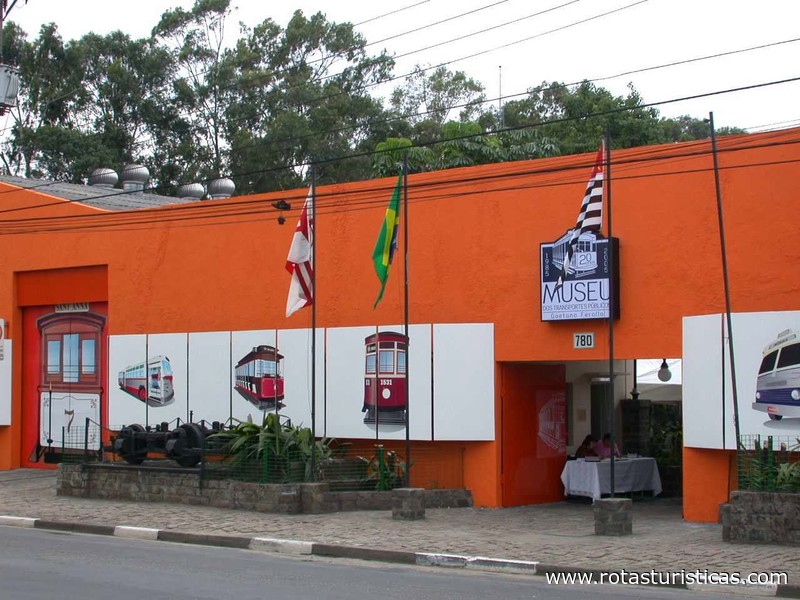 |
Lateinamerikanisches Denkmal |
| 8,4 Km |
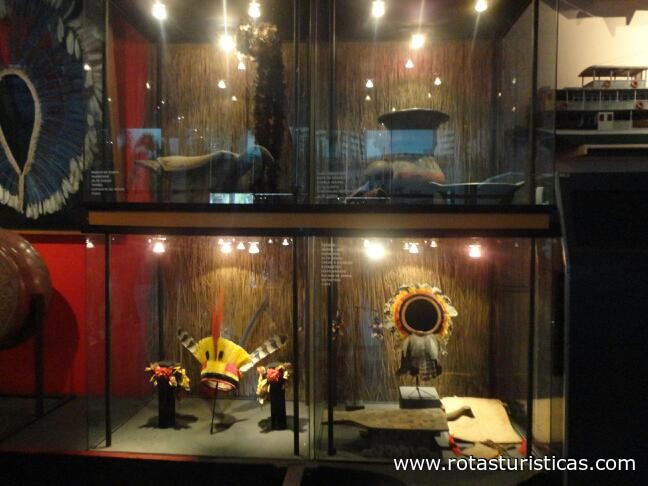 |
Bandeirante Haus |
| 8,7 Km |
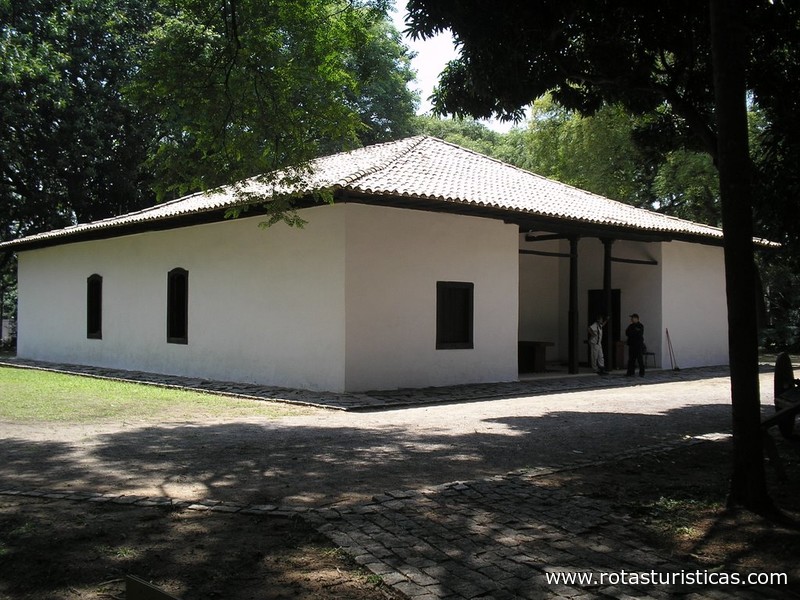 |
Tatuape Haus Kulturraum |
| 8,7 Km |
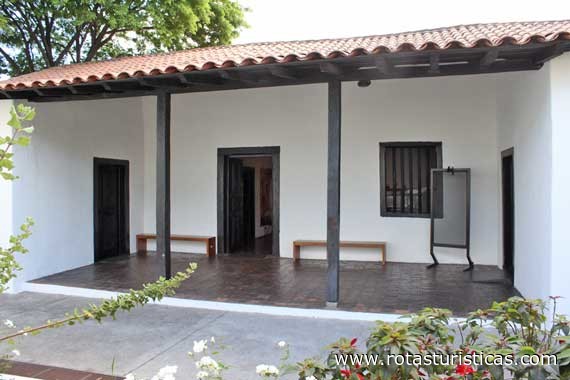 |
Geowissenschaftliches Museum - Usp |
| 10,5 Km |
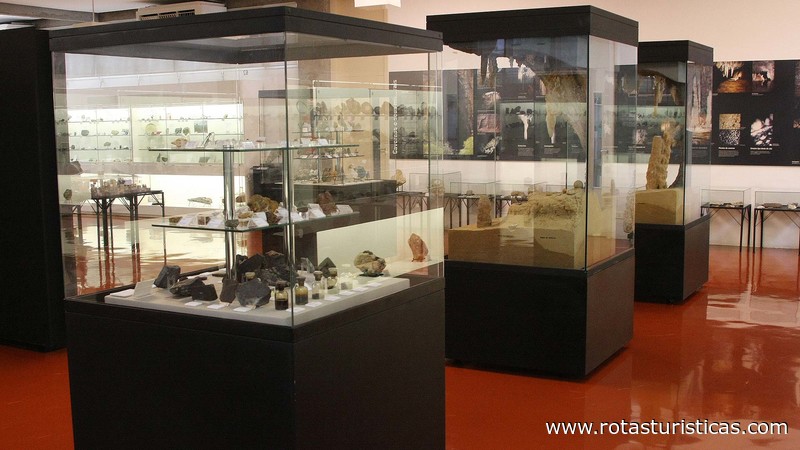 |
Ozeanographisches Museum |
| 10,8 Km |
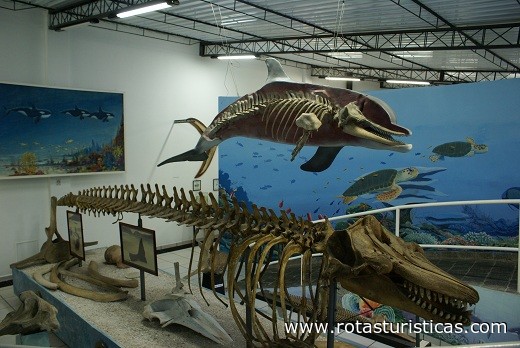 |
Museum für Archäologie und Ethnologie |
| 11,7 Km |
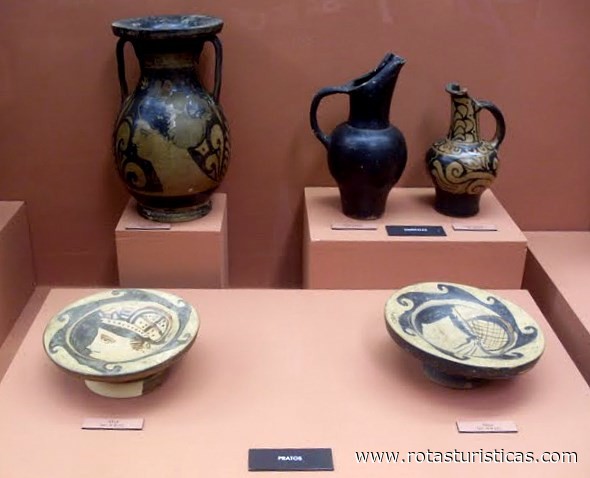 |
Santo André Museum |
| 13,2 Km |
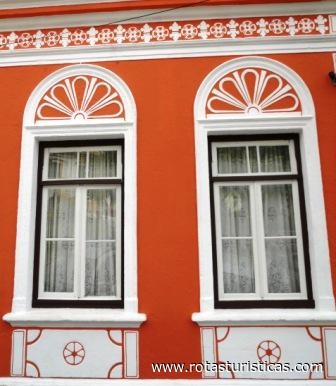 |
Verein des Erinnerungsmuseums von Jaçanã |
| 15,5 Km |
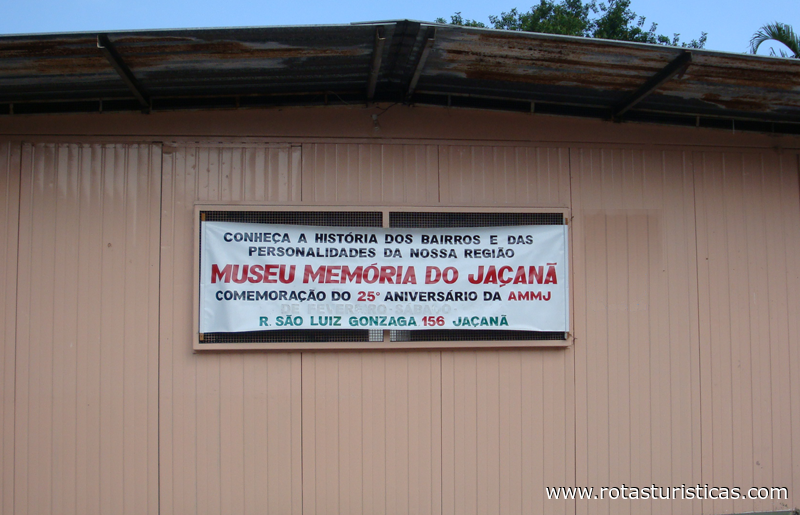 |
Hotel reservation near Modernist House within a radius of 20 km
Why to book with TOURISTISCHE ROUTEN
The best prices
Our partnerships with the world´s largest operators offer research on the best market prices.
More options
At Rotas Turisticos you can book the hotel, buy the air ticket, book the transfer from the airport to the hotel and vice versa, book the local excursions, rent the car, take travel insurance and consult the places to visit and where to go.
Holiday Tips & Destinations
Hundreds of holiday destinations with all the options that allow you to easily choose the destination that best suits your dream vacation.
TOURISTISCHE ROUTEN
Links


